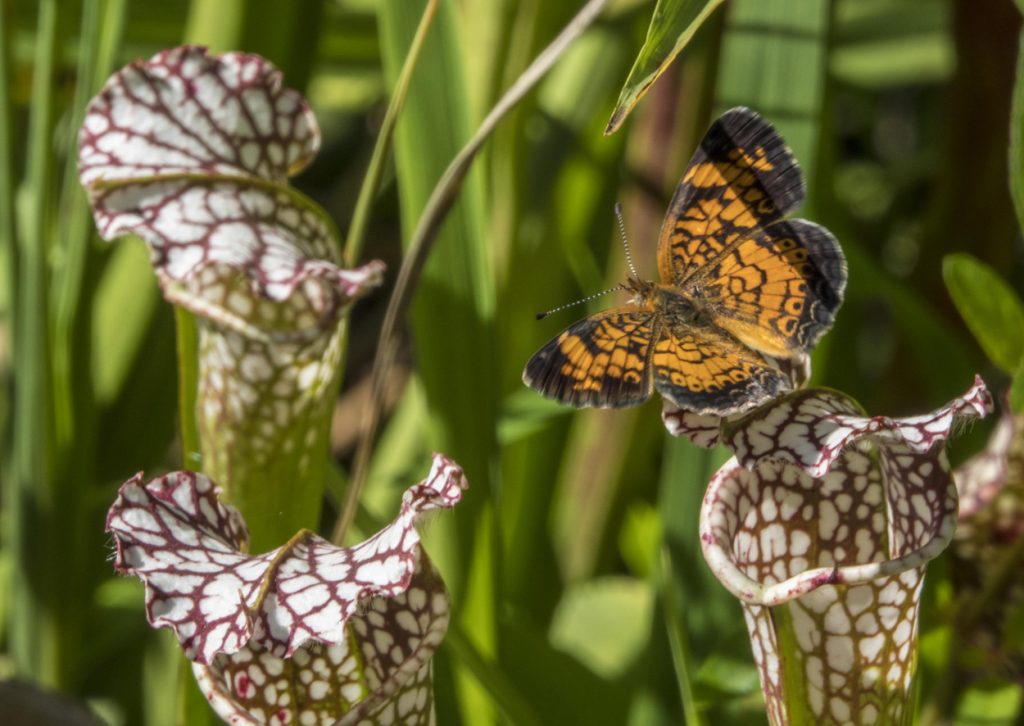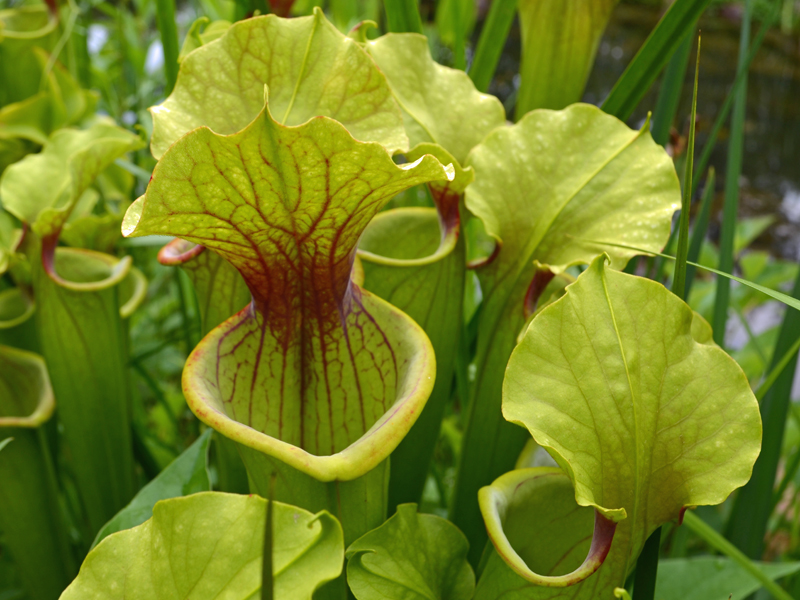Wetland Ecosystems
Even though we can’t see the smiling faces of school children and teachers on field trips at this time, we want to find ways to continue to connect. To help students continue to explore the natural world, we decided to create a series of virtual field trip programs.
A few weeks ago, we released our first virtual field trip package, Watershed Wonders, part 1. It gave an overview of how watershed systems work and highlighted human impact on our waterways.
Watershed Ecology: A Virtual Field Trip — Part 2
We are excited that Watershed Wonders, part 2, is now ready. It focuses on the functions of wetland ecosystems and indicators of healthy waterways. Plant and animal adaptations are also explored.
Each part includes activities, resources and a quiz. Both parts are designed to introduce or reinforce Virginia Standards of Learning Science objectives for third-seventh grades.
We Would Love Your Feedback
Your feedback helps us create better programs. We would love to learn as much as we can from this pilot. As you watch the video, we would appreciate you thinking about the following questions.
· What do you think are the most effective components of the video?
· Does this virtual field trip support existing curriculum?
· What can we add? Are there materials we could develop to help reinforce the lesson?
Please enjoy the Watershed Wonders, part 2 video:
Want to learn a little more? We prepared some additional materials to accompany the video including Watershed Wonders Activities (PDF) and Watershed Wonders Resources (PDF).
Please tell us what you think about the video, the activities and the resources by filling out this survey.
Test What You Learned about Watershed Ecology
Here’s a quick quiz. Students can discover what they learned from the virtual field trip package resources by taking online quizzes like this one.
Watershed Wonders aims to meet the following Virginia Public Schools Standard of Learning 2018 Science Objectives:
3.7 The student will investigate and understand that there is a water cycle and water is important to life on Earth. Key ideas include
- a) there are many reservoirs of water on Earth;
- b) the energy from the sun drives the water cycle; and
- c) the water cycle involves specific processes.
3.8 The student will investigate and understand that natural events and humans influence ecosystems. Key ideas include:
- a) human activity affects the quality of air, water and habitats;
- b) water is limited and needs to be conserved;
- c) fire, flood, disease, and erosion affect ecosystems; and
- d) soil is a natural resource and should be conserved
4.8 The student will investigate and understand that Virginia has important natural resources. Key components include:
- a) watersheds and water;
- b) plants and animals;
- c) minerals, rocks and ores;
- d) forests, soil, and land.
6.8 The student will investigate and understand that land and water have roles in watershed systems. Key ideas include
- a) a watershed is composed of the land that drains into a body of water;
- b) Virginia is composed of multiple watershed systems which have specific features;
- c) the Chesapeake Bay is an estuary that has many important functions; and
- d) natural processes, human activities, and biotic and abiotic factors influence the health of a watershed system.
6.9 The student will investigate and understand that humans impact the environment and individuals can influence public policy decisions related to energy and the environment. Key ideas include
- a) natural resources are important to protect and maintain;
- b) renewable and nonrenewable resources can be managed;
- c) major health and safety issues are associated with air and water quality;
- d) major health and safety issues are related to different forms of energy;
- e) preventative measures can protect land-use and reduce environmental hazards; and
- f) there are cost/benefit tradeoffs in conservation policies.
LS.5 The student will investigate and understand that biotic and abiotic factors affect an ecosystem. Key ideas include
- a) matter moves through ecosystems via the carbon, water and nitrogen cycles;
- b) energy flow is represented by food webs and energy pyramids; and
- c) relationships exist among producers, consumers, and decomposers.
LS.9 The student will investigate and understand that relationships exist between ecosystem dynamics and human activity. Key ideas include
- a) changes in habitat can disturb populations;
- b) disruptions in ecosystems can change species competition; and
- c) variations in biotic and abiotic factors can change ecosystems.

